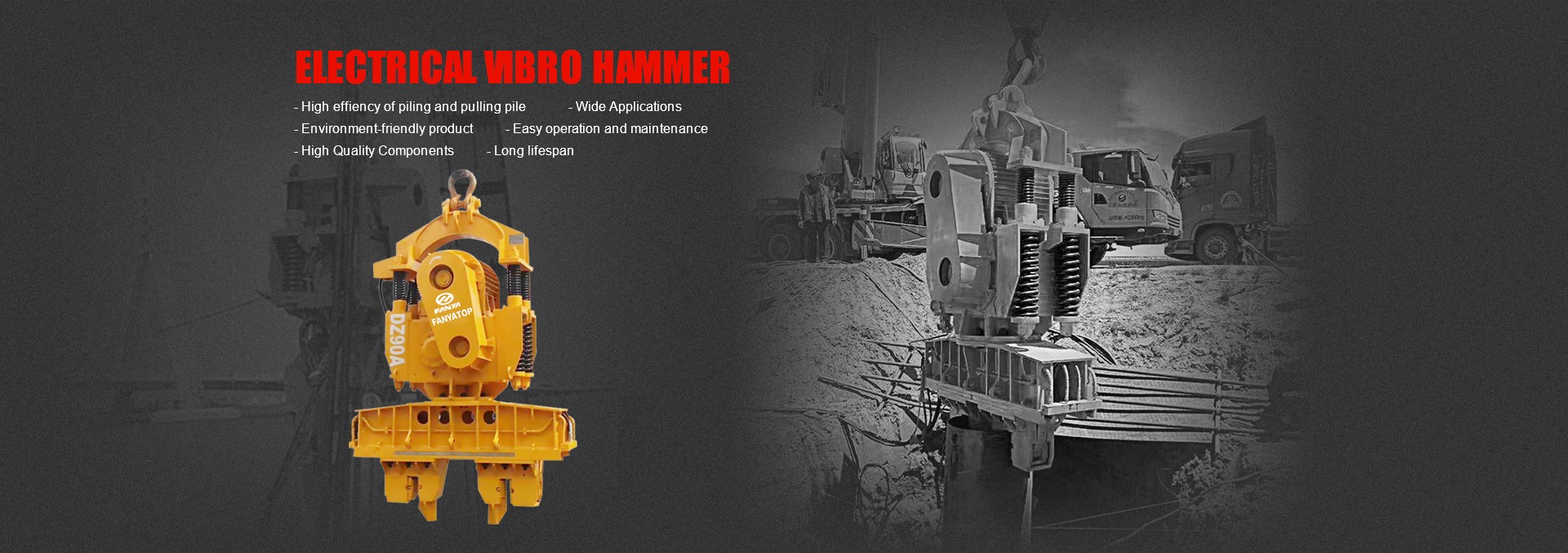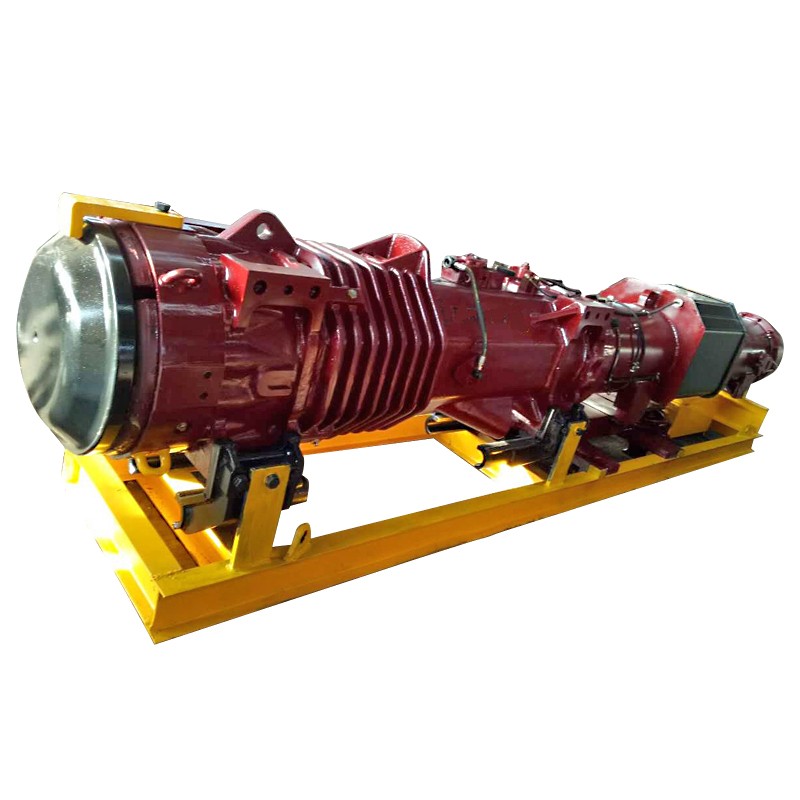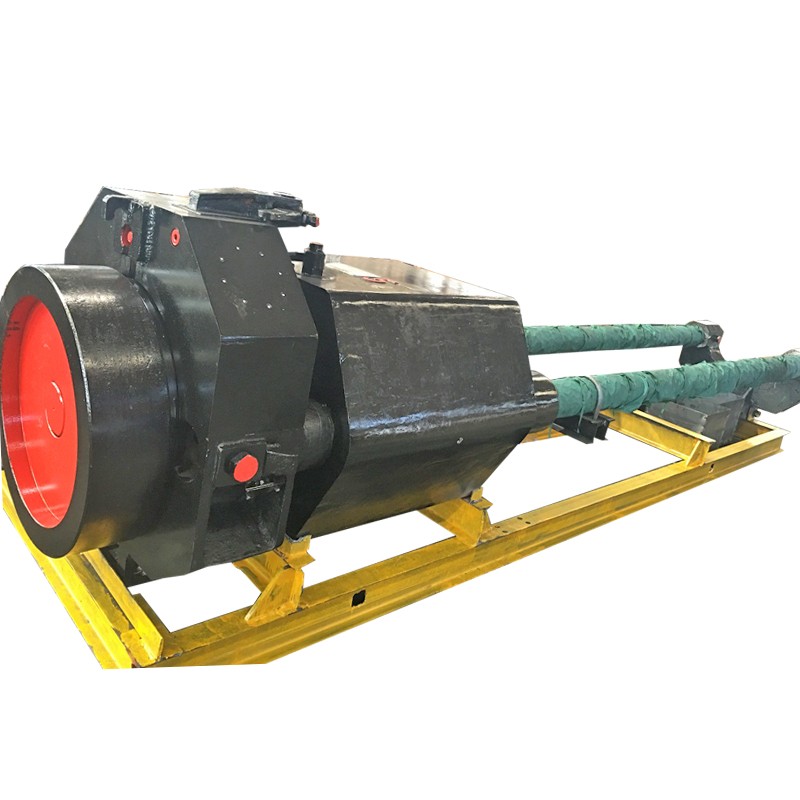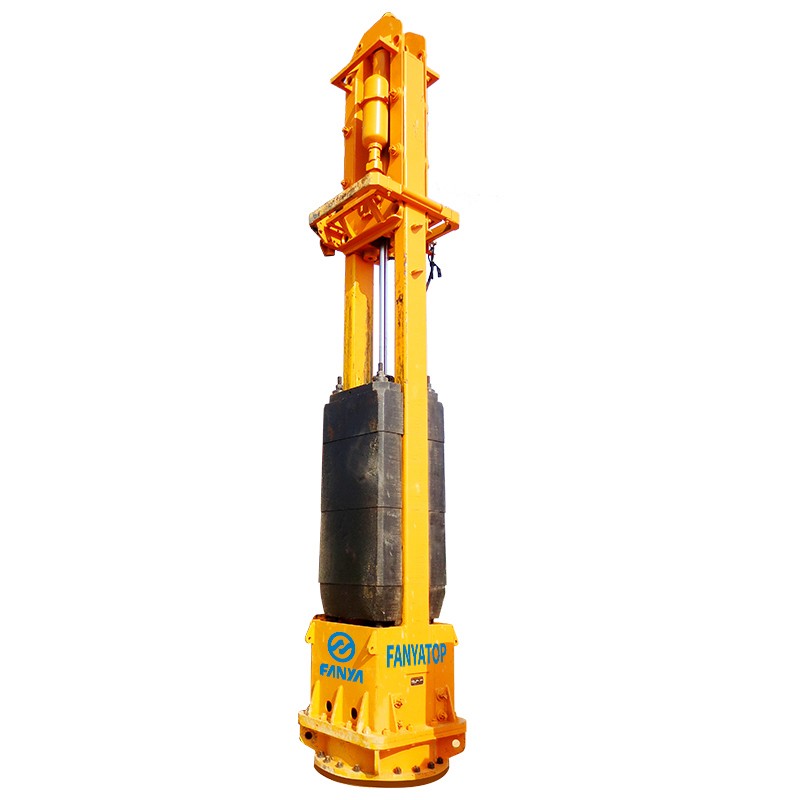Abstract:
Pile driving is a cornerstone of modern foundation work, and single acting hammer pile driving stands out as a reliable, time-tested method. This blog dives into the technology behind single acting hammers, shedding light on how they function, their benefits, and their role in construction projects today.
When it comes to laying a solid foundation, few methods are as trusted as hammer pile driving. Among the various tools in this field, single acting hammers have earned their place for their simplicity and effectiveness. If you’re curious about how this technology works or why it’s still a go-to choice in the industry, you’re in the right spot. Let’s take a relaxed stroll through the world of single acting hammer pile driving and uncover what makes it tick.
What Is Single Acting Hammer Pile Driving?
Hammer pile driving is all about getting those sturdy piles—whether steel, concrete, or timber—deep into the ground to support structures like bridges, buildings, or docks. A single acting hammer takes a straightforward approach to this task. Picture this: a heavy ram, powered by steam, air, or hydraulics, gets hoisted up and then drops freely onto the pile. That’s the essence of single acting hammer pile driving—simple, yet powerful.
Unlike its double acting cousin, which uses extra pressure to speed things along, the single acting hammer relies on gravity alone for its downward force. It’s a bit like letting a weight fall naturally rather than giving it an extra push. This method typically delivers 35 to 60 blows per minute, making it steady and predictable, which is why folks in the industry keep coming back to it.
How Does This Technology Work?
So, how does single acting hammer pile driving actually get the job done? It starts with the hammer’s core component: the ram. This hefty piece of steel is lifted by an external power source—think steam boilers, air compressors, or hydraulic systems. Once it reaches the top of its stroke, the magic happens: it’s released to fall freely, striking the pile with all its weight.
The impact drives the pile into the soil, inch by inch, until it reaches the desired depth or resistance. A cushion, often made of wood or composite material, sits between the hammer and the pile to soften the blow and protect both. It’s a beautifully simple process, refined over decades, and it’s especially handy in a variety of soil conditions, from sandy beaches to denser clay.
Benefits of Single Acting Hammer Pile Driving
Why choose single acting hammer pile driving over other methods? For starters, it’s reliable. The consistent blow rate means you can count on it to perform, whether you’re working on a small dock or a massive offshore platform. It’s also versatile—capable of tackling different pile types and soil combinations without breaking a sweat.
Another perk is its simplicity. With fewer moving parts than more complex systems, maintenance is straightforward, and downtime is kept to a minimum. Plus, it’s cost-effective. You don’t need fancy add-ons or high-tech controls—just a solid hammer and a power source. For projects where budget and dependability matter, this method shines.
Applications in Today’s Construction World
Single acting hammer pile driving isn’t just a relic of the past; it’s thriving in modern construction. You’ll spot it on coastal projects, driving timber piles into sandy shores, or on industrial sites, setting steel H-piles into the ground. Offshore, it’s a favorite for installing platform foundations, where steady performance is non-negotiable.
Its adaptability makes it a fit for everything from small-scale builds to heavy-duty infrastructure. Contractors love it because it gets the job done without overcomplicating things. Whether you’re stabilizing a highway bridge or laying the groundwork for a warehouse, this technology has a knack for delivering results.
Why It Still Matters
In an age of flashy new tools, you might wonder why single acting hammer pile driving holds its ground. The answer lies in its proven track record. Engineers and builders trust it because it’s been around the block—think of it as the seasoned pro who knows the ropes. It’s not about being the fastest or the loudest; it’s about getting the pile in place, safely and securely, every time.
Plus, it pairs well with modern analysis tools like wave equation software, which helps optimize hammer size and driving conditions. This blend of old-school reliability and new-school precision keeps it relevant. It’s a reminder that sometimes, the simplest solutions are the ones that stick around.
Summary:
Single acting hammer pile driving remains a standout in the hammer pile driving world, blending simplicity with dependable performance. From its gravity-driven mechanics to its wide-ranging applications, this technology offers a practical solution for foundation work. It’s a method that proves you don’t need bells and whistles to build something strong—just a solid hammer and a little know-how.





